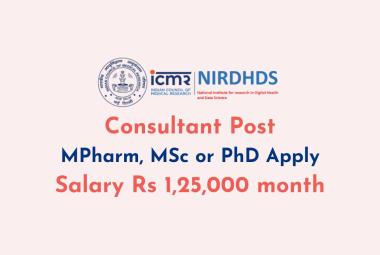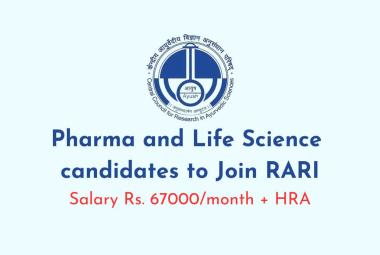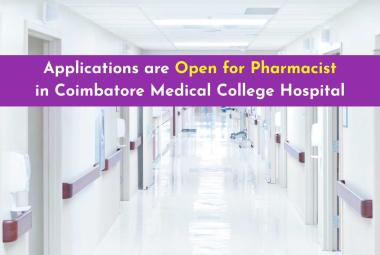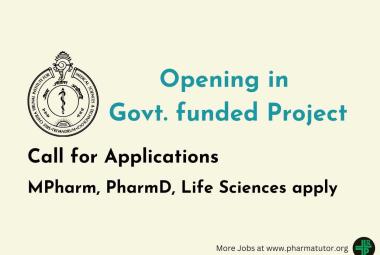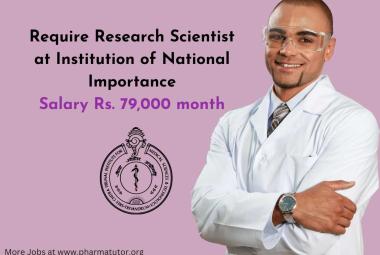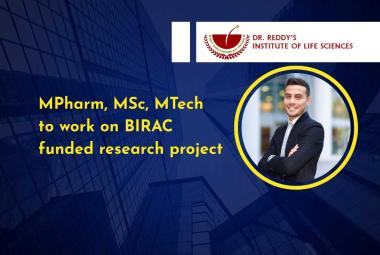In a novel agreement, two global pharma majors have planned to make available their top-selling pneumonia vaccines at one-eighth of the market rates to save lives of poor children in developing countries.
Every day, 4,384 people, mostly children below the age of five, die due to preventable pneumococcal diseases, primarily pneumonia and meningitis. Most of these deaths, 1.6 million in a year, occur in some of the world’s poorest countries.
Ideally, all infants beginning at two months of age should receive a four-dose series of vaccine, called Pneumococcal Conjugagte Vaccine (PCV 7). A catch-up vaccination is recommended for children younger than five years of age who did not receive PCV7 vaccine on schedule. The vaccine doses are given at ages two, four, six, and 12–15 months. In exceptional cases, even three doses should be good enough.
On March 24, 2010, two global pharma giants, Pfizer and GlaxoSmithKline announced an agreement with the non-profit organization, GAVI Alliance, to provide nearly 300 million doses of their pneumococcal vaccines in the next 10 years at an initial price of USD 7 per dose.
Pfizer will provide its Prevnar 13 and GlaxoSmithKline its Synflorix vaccine to GAVI Alliance under this agreement. A statement by the organizations indicated that the pharma companies will further reduce the price by half to USD 3.5 per dose after supplying about 60 million doses. These vaccines are sold between USD 54 and USD 108 per dose in most western markets.
So the global vaccine initiative has been sustained by buying vaccines at very low rates from companies in the developing countries who have made generic versions of such essential vaccine. Over the years, the generic vaccine manufacturing companies have walked away with bulk orders from global non-governmental organizations like Gates Foundation, Clinton Foundation and even UN organizations such as World Health Organization (WHO) and UNICEF have been procuring such vaccines from Asian companies like Serum Institute of India, and Panacea Biotec.
Probably, realizing the goodwill generated by these generics manufacturers vaccine majors like GSK and Pfizer have got into the philanthropic act on their own. Analysts indicate that the big pharma players will not lose any money even at these subsidized rates as the margins in the big markets are really high.
More importantly, when the vaccination starts, it will lead to dramatic results in saving lives. Some experts indicate that at least 900,000 lives, mostly children below five years of age, will be saved in the next five years due to the vaccination’s benefits and overall improvement in health conditions. Each child will have to be given at least three doses to make the vaccine work effectively. This means that even at these highly subsidized rates, the vaccination cost per child will come to USD 21 which is quite high.
What may happen is that to either step up the production to stockpile or increase supply during seasonal outbreaks increasingly even the big players may turn to the generic manufacturers such as Serum Institute and Panacea Biotec. These companies are in the process of getting into the act themselves and are gearing up to supply pneumococcal vaccine in the near future.
The vaccine supply program is part of GAVI’s (Global Alliance for Vaccine and Immunizations) newly launched effort, the advance market commitments program, aims to provide vaccine manufacturers prior commitments on vaccine buys. This allows manufacturers to schedule production and make additional quantities of required vaccine. Assured supply commitments help manufacturers to optimize capacities and ensure supply even in the face of seasonal surges in demands.
Interestingly, GAVI has already received donation commitments to the tune of USD 1.5 billion from the governments of Italy, Russia, Britain and Norway. The Bill and Melinda Gates Foundation is a major donor to GAVI for this program. Even this is not enough to continue the global vaccination program. GAVI aims to raise another USD 1.5 billion to pay the vaccine manufacturers during the 10-year initiative.
In this scenario, vaccine manufacturers from Asia become very important. For, these Asian companies will be in a position to stretch each dollar further by supplying vaccines at nearly half the cost offered by Pfizer and GSK. Industry experts estimate that it will cost only between USD 1.5–2.5 to make each dose of these vaccines. What is more important is that once this new program is rolled out, access to an essential vaccine like the pneumonia or meningitis will improve dramatically in the developing nations. So far such essential vaccines were available only to children in the developed nations and for the first time in the history of mankind, the access will become near universal.
This is just the beginning of a new experiment. GAVI will be evaluating the program minutely before making similar commitments to buy other essential vaccines. The immunization drive in many developing nations got a boost over a decade with the entry of NGOs like GAVI, which is an alliance of several pharma companies, and big NGOs like Bill and Melinda Gates Foundation and the Clinton Foundation. These NGOs have stepped in to work out schemes which provides assured commitments on supply. There is a huge overcapacity in vaccine production in the world and various national immunization programs have had a patch record in terms of assured buying commitments. Hence many vaccine manufactures have been confronted with idle capacity.
So, the GAVI initiative is a welcome initiative, which will make vaccine manufacturers breathe a little more easy. The beneficiaries are the millions of children who will benefit immensely from the miracles of modern size thanks to affordable vaccines.
When did pneumococcal vaccine become available?
There are two types of pneumococcal vaccine, pneumococcal polysaccharide vaccine and pneumococcal conjugate vaccine.
The first pneumococcal polysaccharide vaccine was licensed in the US in 1977. In 1983, an improved pneumococcal polysaccharide vaccine was licensed, containing purified protein from 23 types of pneumococcal bacteria (the old formulation contained 14 types). This pneumococcal polysaccharide vaccine is commonly known as PPSV23. The PPSV23 vaccine is licensed for use in adults and persons with certain risk factors who are age two years and older.
The pneumococcal conjugate vaccine was licensed in early 2000. It is recommended for use in preventing pneumococcal disease in infants and young children (from age six weeks to the 5th birthday). It is commonly known as PCV7.
What kind of vaccines are they?
Both pneumococcal vaccines are made from inactivated (killed) bacteria. The pneumococcal polysaccharide vaccine (PPSV23) contains long chains of polysaccharide (sugar) molecules that make up the surface capsule of the bacteria. The 23 types of pneumococci that are included cause 88 percent of invasive pneumococcal disease.
The pneumococcal conjugate vaccine (PCV7) includes purified capsular polysaccharide of seven types of the bacteria “conjugated” (or joined) to a harmless variety of diphtheria toxin. The seven types of purified bacteria included account for 86 percent of bacteremia, 83 percent of meningitis, and 65 percent of acute otitis media (ear infection) among children younger than age six years in the US.
How is this vaccine given?
The polysaccharide vaccine (PPSV23) can be given as a shot in either the muscle or the fatty tissue of the arm or leg. The conjugate vaccine (PCV7) is given as a shot in the muscle.
BioSpectrum Bureau



